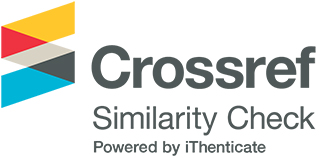When Do We Act under Non-Coercive Circumstances
DOI:
https://doi.org/10.33422/ejbs.v6i1.991Keywords:
behavior prediction, dwell time, decision making, the moment of action, inertiaAbstract
This study proposes two models that predict when an individual will take action after he focuses on achieving a goal. Models designed for an environment that does not force the decision maker to act at a given moment, and divided this environment into two subsets that ‘do not allow’ or ‘allow’ analytical reasoning. Study I simulated the former situation and identified the following factors to predict the moment of action: The value assigned by the decision maker to the target (V), the individual's introversion or extraversion level (IE) and the individual's neuroticism level (N). Three classes (time-interval) were defined for both studies that sequentially diverge from the moment when the focus began, with the help of a reference group. Decision Tree I utilized the Random Committee Algorithm and achieved to assign 37,2% of the 424 subjects correctly to one of these classes, while the natural success rate is 33%. Study II simulated the latter situation. Decision Tree II utilized the Random Forest Algorithm and achieved to assign 44,5% of the 430 subjects correctly, with the help of the factors; (V), heuristic versus analytic decision-making disposition (HRA), decision-making extensity (E), general intelligence level (IQ), and self-confidence level (SC). Finally, an independent chapter discussed the optimum moment of action in Study II type situations with a Charnovian approach. The study has also illuminated how analytical capacity affects dwell time. Study I may contribute to crime prediction algorithms and Decision Tree II can be used in a range from financial investments to internet applications.












